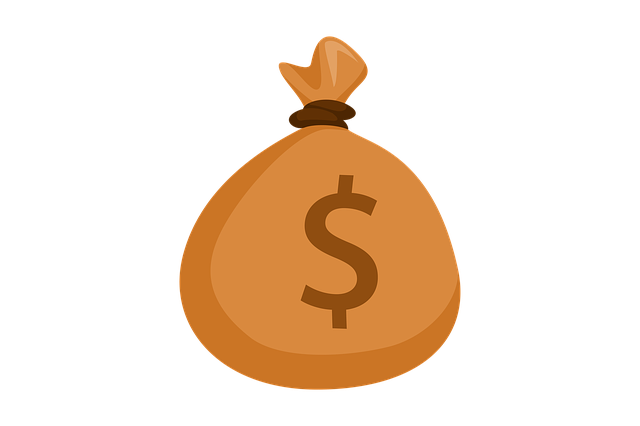Debt Consolidation Loans can be effectively categorized into secured and unsecured options. Secured loans, using assets as collateral, offer lower interest rates and flexible terms but carry the risk of asset forfeiture. Unsecured loans, lacking collateral, are more accessible but come with higher interest rates and shorter repayment periods. Secured loans are ideal for those with good credit or significant assets, while unsecured loans provide flexibility for those without substantial collateral. Both types cater to various financial needs, such as home improvements, major purchases, or managing existing debts through consolidation.
Understanding the distinction between secured and unsecured loans is crucial for making informed financial decisions. Secured loans, backed by collateral, offer lower interest rates but pose asset risk. Unsecured loans, lacking collateral, are easier to obtain but come with higher rates and stricter qualifications. This article explores these loan types, focusing on their unique characteristics, benefits, risks, and ideal use cases, including debt consolidation options for a clear overview of your financial choices.
Understanding Secured Loans: How They Work and Their Benefits
Secured loans are a type of financing where the borrower offers an asset, such as real estate or a vehicle, as collateral to secure the loan. This means if the borrower fails to repay the debt according to the agreed-upon terms, the lender has the legal right to take possession of the collateralized asset. The primary benefit of secured loans is that they often offer lower interest rates and more favorable repayment terms compared to unsecured loans, as the lender mitigates their risk by holding a security interest in the borrower’s property. This makes them an attractive option for individuals seeking debt consolidation loans, allowing them to combine multiple high-interest debts into one with potentially better overall terms.
Additionally, secured loans can be used for various purposes, including home improvements, major purchases, or business investments, providing borrowers with access to substantial funding. The collateral acts as a safety net for the lender, which can lead to more flexible lending criteria and higher borrowing limits for qualified individuals. This type of loan is particularly beneficial for those who own assets and want to leverage their equity for financial freedom while managing debt effectively.
Unsecured Loans: Risks, Requirements, and Use Cases
Unsecured loans are financial instruments that do not require borrowers to offer any collateral as a guarantee for the loan amount. This means if you fail to repay the borrowed sum, the lender has no legal right to seize or sell any of your assets to recover the debt. While this provides a sense of security and flexibility for borrowers, it also comes with higher risks for lenders. As such, unsecured loans often have stricter eligibility criteria and may offer lower loan amounts compared to secured counterparts.
Use cases for unsecured loans include personal borrowing for various purposes like debt consolidation loans, home improvements, or even to meet unexpected expenses. They are a popular choice among individuals who prefer not to tie up their assets as collateral or those with limited asset ownership. However, the absence of collateral results in higher interest rates and potentially shorter repayment periods to compensate for the increased risk. Borrowers should carefully consider their financial situation and borrowing needs before opting for an unsecured loan.
Comparing the Two: Debt Consolidation Loan Options Explained
When considering debt consolidation loans, it’s crucial to understand the stark contrast between secured and unsecured options. Secured loans are backed by collateral, typically a significant asset like your home or car. If you fail to repay, the lender has the right to seize this collateral. Unsecured loans, on the other hand, carry no such guarantee—no asset is at risk if repayments aren’t met. This makes unsecured loans generally more accessible but also slightly riskier for lenders.
For debt consolidation, both types have their merits. Secured loans often offer lower interest rates due to the reduced risk for lenders, making them attractive for those with good credit or significant collateral to offer. Unsecured debt consolidation loans, though potentially more expensive in terms of interest rates, are preferable for individuals lacking substantial assets or facing higher financial risks. They provide flexibility and peace of mind, as there’s no immediate threat of asset loss.
When deciding between secured and unsecured loans for debt consolidation, understanding the unique characteristics of each option is key. Secured loans offer lower interest rates due to the collateral involved, making them an attractive choice for those with assets to use as security. Unsecured loans, while more flexible, carry higher interest rates and stricter eligibility criteria. After comparing these options, individuals can make informed decisions tailored to their financial situations, aiming for debt consolidation that suits their needs and long-term financial health. Effective management of debt through the right loan type is a vital step towards financial stability and freedom.
